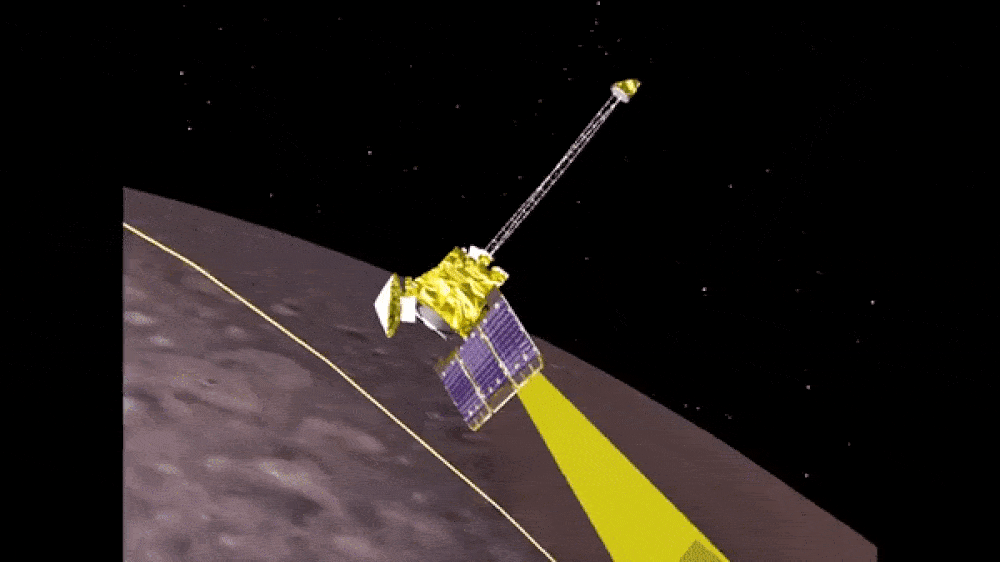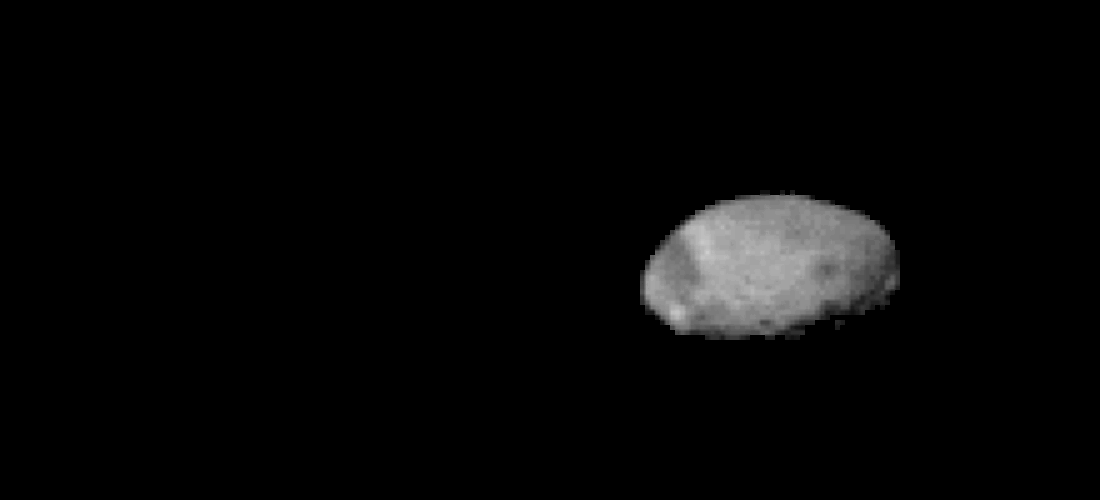
NASA's longest-serving Mars robot has captured a unique photo of the Red Planet's crater-covered horizon that mimics what future Martian astronauts could one day see with their own eyes. And it took mission scientists more than three months to plan and capture.
The new image, which was released by NASA on Nov. 28, shows a segment of Mars's pockmarked surface, as well as a narrow layer of the planet's wafer-thin atmosphere above the horizon. NASA's Odyssey Orbiter, which has been flying non-stop loops around the Red Planet since it arrived in 2001, captured the photo sometime in May using its built-in Thermal Emission Imaging System (THEMIS).
"If there were astronauts in orbit over Mars, this is the perspective they would have," Jonathon Hill, a space exploration expert at Arizona State University and operations lead for THEMIS, said in a statement. "No Mars spacecraft has ever had this kind of view before."
However, the colors in the photo are different from those astronauts would see because it was taken using infrared radiation. As a result, Mars has lost its colorful hues and gained an overlaying multi-color shimmer given off by different cloud types, including CO2 clouds, water clouds and dust clouds.
During the photoshoot, Odyssey also captured low-resolution images of Mars' largest moon Phobos (shown below) as it moved across the orbiter's line of sight.
Related: 15 Martian objects that aren't what they seem

The image was taken from an altitude of around 250 miles (402 kilometers) above the Martian surface, which is roughly equivalent to the distance between Earth and the International Space Station (ISS). However, the photo proved to be much more challenging to take than an equivalent photo of Earth's horizon from the ISS.
Normally, THEMIS is pointed directly at Mars' surface, which makes it impossible for it to see anything other than the ground below it. To give the instrument a view of the horizon, mission scientists had to rotate Odyssey more than 90 degrees. This is not the first time that the orbiter team has rolled the spacecraft, but it is a much more extreme turn than they have ever attempted before.
Once the spacecraft was in the correct position, it kept its eye on the horizon for a full orbit before rotating back into its normal position. The photo released by NASA is a composite of more than 10 images taken during that time, which have been stitched together.

Tilting Odyssey was risky because its solar panels need to be regularly pointed at the sun to maintain power and to stop sensitive equipment from overheating. The only way to do this while rotating the orbiter was to point the spacecraft's antennae away from Earth, which meant that scientists could not control the spacecraft during the maneuver. Therefore, the team had to perfectly plan the trick before it happened.
The Odyssey team say they are pleased with how the image turned out, but want to repeat the photoshoot in the future to see if they can produce an even better shot.







